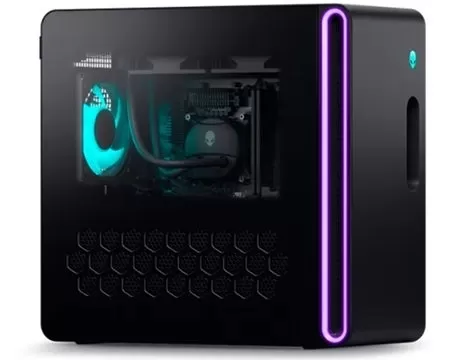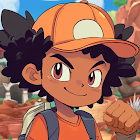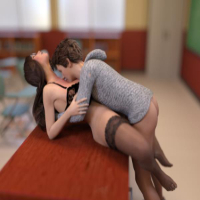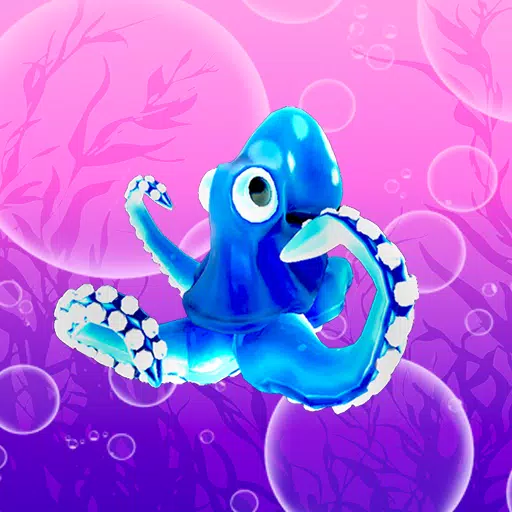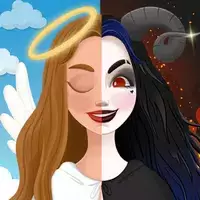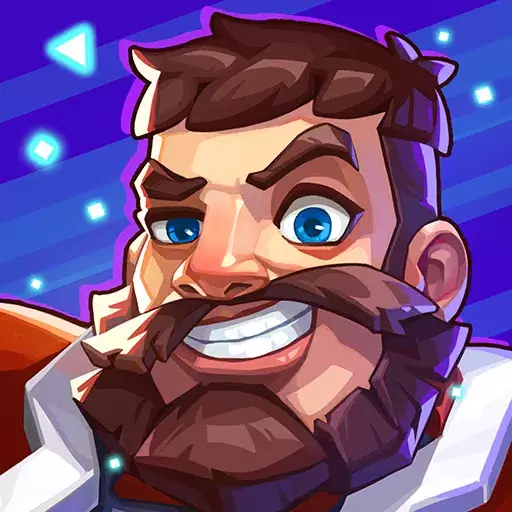In 2015, the French studio Don't Nod set a new standard for interactive dramas with Life is Strange, a captivating adventure that explored the beauty of everyday moments, the strength of unbreakable friendships, and the relentless march of time. Players were drawn in by its meticulous attention to detail and the ability to explore and influence the game world. While subsequent projects saw the developers branching into different genres, none managed to capture the same magic that had enchanted fans.
Years later, Don't Nod returns to its roots with Lost Records, a coming-of-age story that transcends mere interactive cinema. It's a nostalgic tribute to a bygone era and the carefree spirit of youth. With its evocative atmosphere, richly drawn characters, and the power of player-driven choices, this game is poised to capture hearts once again.
Table of Contents
- Friends Reunite to Uncover Secrets from the Past After 27 Years
- Choices Still Impact Surroundings, Dialogues, and Relationships
- Bloom & Rage Creates Beautifully Imperfect Characters
- A Town Worth Dreaming About
- Slow-Paced Plot: The Defining Feature of the Story
Friends Reunite to Uncover Secrets from the Past After 27 Years
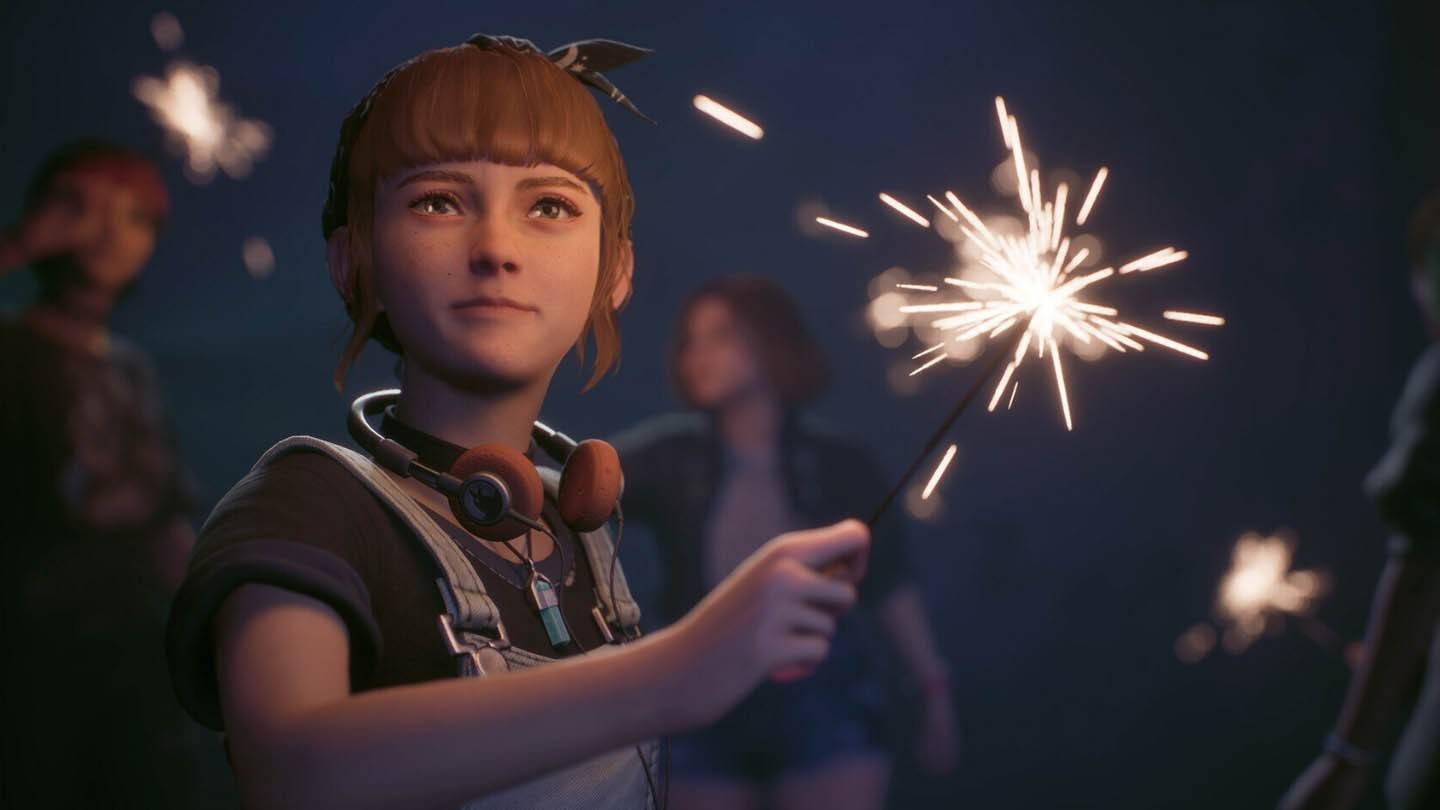 Image: ensigame.com
Image: ensigame.com
At the core of Lost Records is the story of four women whose friendship dissolved 27 years ago. Our protagonist, Swan Holloway, returns to her hometown of Velvet Bay for a reunion and stumbles upon a mysterious package from their past. The narrative unfolds across two timelines: 1995, a time of vibrant memories and youthful exuberance, and 2022, where the now forty-something women awkwardly reunite in a bar, trying to sidestep the painful incident that tore them apart. The game seamlessly switches between third-person and first-person perspectives to highlight this temporal shift.
Most of the gameplay occurs in the past, where players explore beautifully crafted locations, nurture relationships, and document their experiences with a vintage HVS camera. Video recording is a central mechanic, allowing Swan to capture graffiti, wildlife, people, and even hints of the paranormal. In a dedicated menu, players can edit these clips into short films, categorized by themes, with Swan offering her commentary. While these documentaries add depth to the narrative, they do not alter the main storyline.
Choices Still Impact Surroundings, Dialogues, and Relationships
Lost Records excels in its interactivity and attention to detail, hallmarks of Don't Nod's craftsmanship. For example, when Swan expresses a craving for ice cream from a nearby truck, players can choose to fulfill her wish or continue with other tasks. Delaying too long may result in the truck closing, subtly altering subsequent conversations with new characters.
The game's world is dynamic, enhancing its allure. Dialogues unfold in real-time, akin to Oxenfree and Telltale's adventures, where characters interrupt each other, change topics, and even offer silence as a response. Sometimes, staying silent is wiser than impulsively revealing someone's secret.
Building relationships is another form of choice. There's no need to seek everyone's approval. If a character doesn't resonate with you, you can simply ignore them. Swan's shy nature allows players to help her open up at her own pace.
Bloom & Rage Creates Beautifully Imperfect Characters
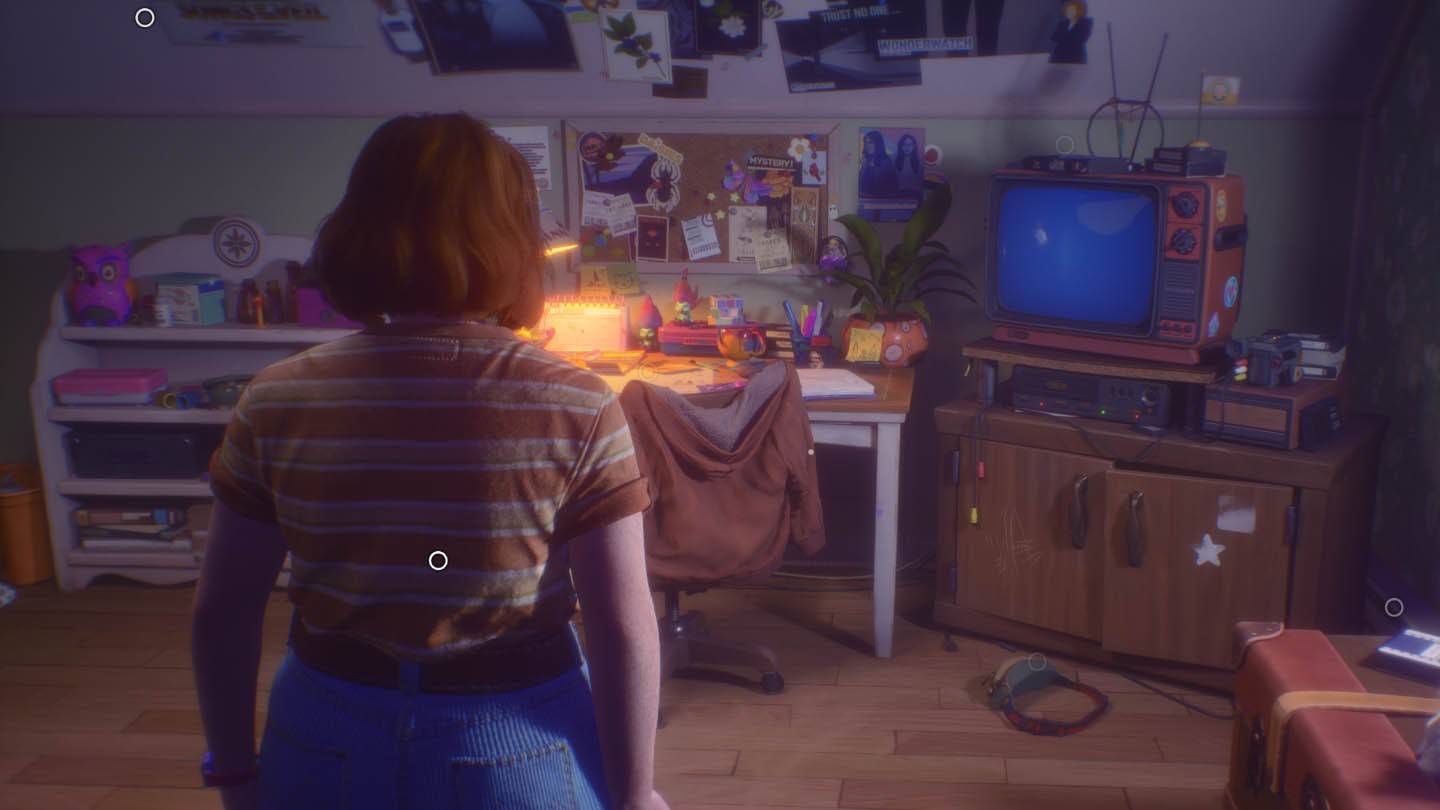 Image: ensigame.com
Image: ensigame.com
Don't Nod has a knack for crafting characters that feel authentic. They're loud, occasionally clumsy in their youthful idealism, yet profoundly sincere. Swan, an ordinary 16-year-old, struggles with self-doubt and hides behind her camera—a familiar trope, yet she feels distinct from Life is Strange's Max Caulfield.
Her friends—Ottem, Kate, and Nora—embody familiar archetypes but transcend them. Nora, the punk girl with colorful bangs and big dreams, surprises with her cautious nature, while Kate, the passionate writer, encourages Swan to be bold. Ottem values thoughtful and serious individuals. In their company, players relive the feeling of being a teenager, convinced they know everything about life, regardless of their actual age.
A Town Worth Dreaming About
Nostalgia is woven into every facet of Lost Records, epitomized by Swan's room—a treasure trove of '90s artifacts. From bulky TVs and tapes to floppy disks, tamagotchis, Rubik's cubes, and troll dolls, every detail invites exploration and evokes memories. The game is rich with pop culture Easter eggs, referencing everything from Sabrina and The X-Files to Tank Girl, The Goonies, and Life is Strange itself.
The soundtrack, featuring dream-pop and indie-rock, adds to the immersive experience. Tracks like "See You in Hell" and "The Wild Unknown" are memorable and perfectly complement the game's atmosphere. Velvet Bay, with its cozy daytime charm and chilling nocturnal ambiance, becomes a character in its own right, drawing players deeper into the story.
Slow-Paced Plot: The Defining Feature of the Story
 Image: ensigame.com
Image: ensigame.com
The narrative unfolds at a deliberate pace, allowing players to immerse themselves in the characters and the '90s setting before the mystery takes center stage. Unlike Life is Strange, which quickly shifts from teenage life to detective work, Lost Records takes its time, building tension and suspense in the second half of the first episode. The episode concludes with a gripping cliffhanger, setting the stage for the next installment and leaving players eager for more.
Lost Records: Bloom & Rage transports players to the '90s, whether they lived through it or not. It's a game that understands its audience, delivering relatable characters, engaging interactions, and a story with the potential for greatness. The full impact of this game will be revealed with the release of the second part on April 15th. As fans, we can only hope that Don't Nod will once again weave their magic, and I eagerly await the conclusion.


